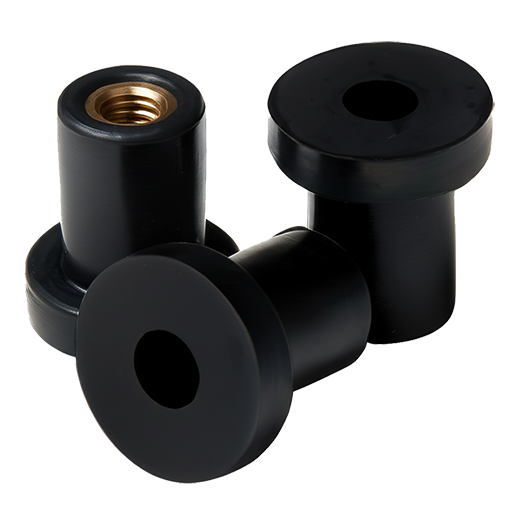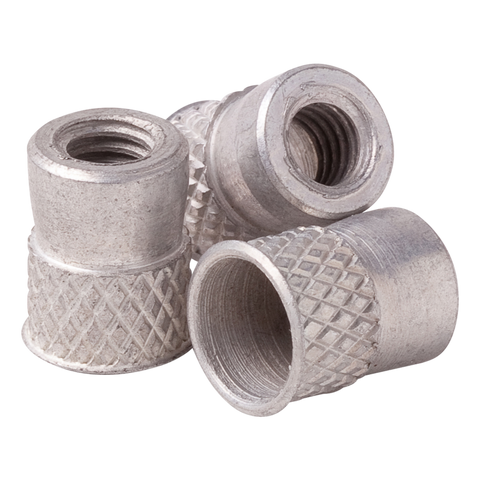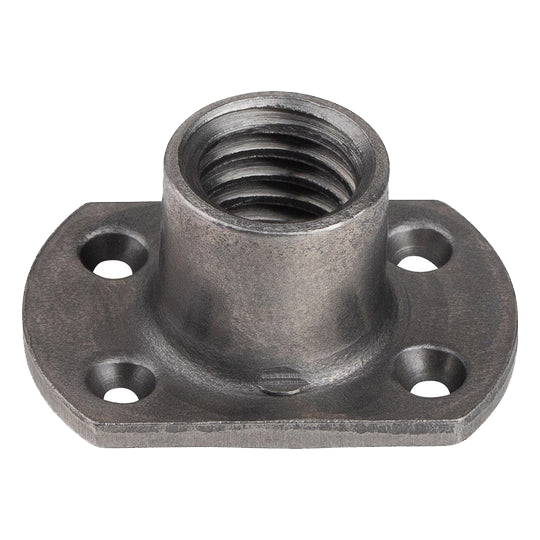Nutserts & Rivnuts
Nutserts, Rivnut & Rivet Nut Experts.
Nutserts are fundamentally tube with an internal thread that attaches onto a surface for bolting purposes. When a simple hole opening is not possible because the material is too thin. Australia's #1 range from popular Nutsert "Xtralok®" for extra grip through to Hex Nutserts, Rivnuts, & Plus Nuts. Wide range of air and cordless nutsert rivnut guns. New to nutserts? Check the Nutsert Blog.











